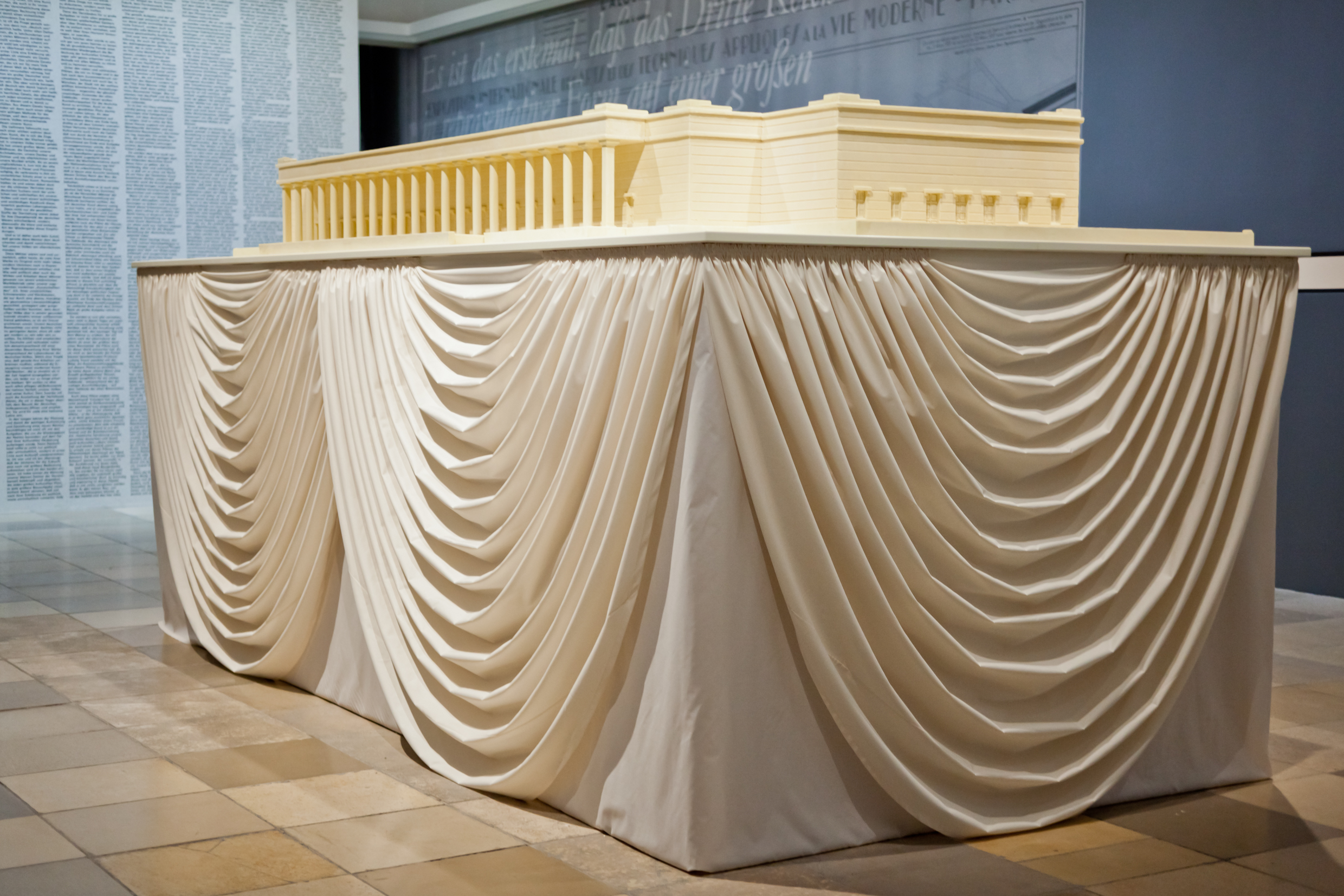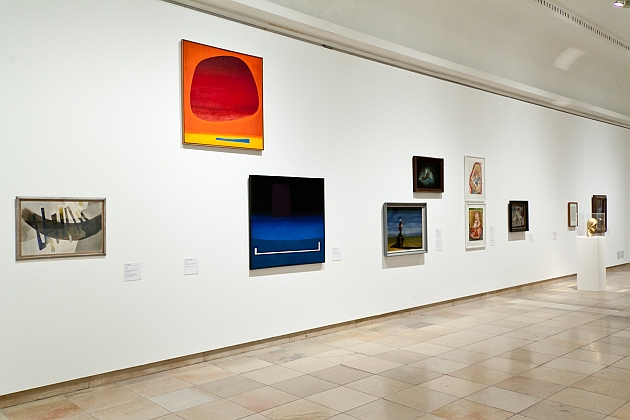Histories in Conflict: Haus der Kunst and the Ideological Uses of Art, 1937-1955, 10 June 2012-13 January 2013
Hause der Kunst, Prinzregentenstraße 1, Munich
“This year Haus der Kunst marks the 75th anniversary of its public opening. This anniversary gives us the opportunity to reflect on the historical legacy of the museum, especially on the building as an icon of ideological power; on the various positions of art through its history and the stories of what it is today”. Okwui Enwezor.
In 2012, Haus der Kunst opens its doors for its 75th year. At the same time, it looks back upon its 20-year existence as Stiftung Haus der Kunst München GmbH. Aware of its history and its legacy as a Nazi instrument of power, the exhibition Histories in Conflict: Haus der Kunst and the Ideological Use of Art 1937-1955 investigates the institution’s international connections; the relationships between the Great German Art Exhibition and the vilifying exhibition Degenerate Art, or, for example, between Albert Speer’s German pavilion for the 1937 Paris World’s Fair, in which a model of the House of German Art was exhibited, and the Spanish pavilion, in which Picasso’s Guernica, an icon of anti-war art, was on view.
Histories in Conflict covers the important period from 1937, in which the fate of the European avant-garde was still in abeyance, to the period of its condemnation until 1955, when it regained respect. Both the exhibition Picasso in Haus der Kunst, which presented the painting Guernica for the first time in Germany, and Arnold Bode’s documenta 1 took place in 1955. By exhibiting works by artists who had been condemned in the Degenerate Art exhibition in 1937, Haus der Kunst aimed to reconnect with international modernism.
As part of the programs marking its 75th anniversary, Haus der Kunst also shows the exhibition Image Counter Image. Occupying the vectors where global media industries, artistic reflexivity, and ideological power intersect, the two exhibitions undertake to explore the complex zones of mediatized image regimes and artistic propaganda in organizing public opinion.

